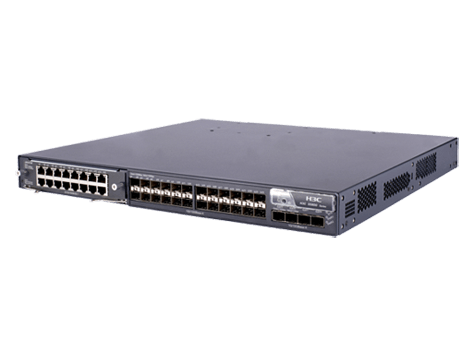I recently configured the next IP camera Dahua DH-IPC-HFW1320SP-W and decided to use an FTP server for recording.
Since the menu is basically the same on Dahua cameras and DVRs, the FTP entry is configured the same way.
Open the device interface, for example by typing an IP address in the browser.
Open the “Setting” tab, then “Storage” – “Destination”, in the “Path” tab, where “Motion Detection” and “Alarm”, I marked the FTP checkboxes, by the way I could choose only one thing, or “Local ( write to a memory card or HDD) “,” FTP “or” NAS “. After the selection, click “Save” to save the changes.
Now go to the tab “FTP”, tick the “Enable” and specify the connection parameters in “Server Address”, “Username”, “Password” and press “Save” to save the changes.
After that, the device began to write video to the FTP server in mp4 format, however it was impossible to view the history entries via the mobile application and the camera interface.
Files on FTP are sorted into folders by date and time, as a variant of the video can be viewed through any FTP client from a computer or phone, if the camera writes for motion detection, accordingly if there is no motion detection, then there will be no folders and records.
Required! In the “Storage” – “Record Control” menu, you need to select “Stop” in “Disk Full”, if “Overwrite” is selected, then after restarting the camera, in my case, all records from the FTP server were deleted.
If the FTP server is running on Linux, you can, for example, add to Cron a command that will delete the directory older than 30 days so that the disk does not overflow:
find /srv/ftp/ipcam/SNCAM/ -type d -mtime +30 -exec rm -rfv {} \; >> /srv/ftp/ipcam/remove.log
See also my articles:
Using and configuring CRON
Programs for viewing video from DVR DVRs
Installing and Configuring ProFTPd in Ubuntu
Installing and Configuring Pure-FTPd in Ubuntu
Configuring an FTP server on Windows Server 2008 R2
Configuring an FTP server on MikroTik Router OS
